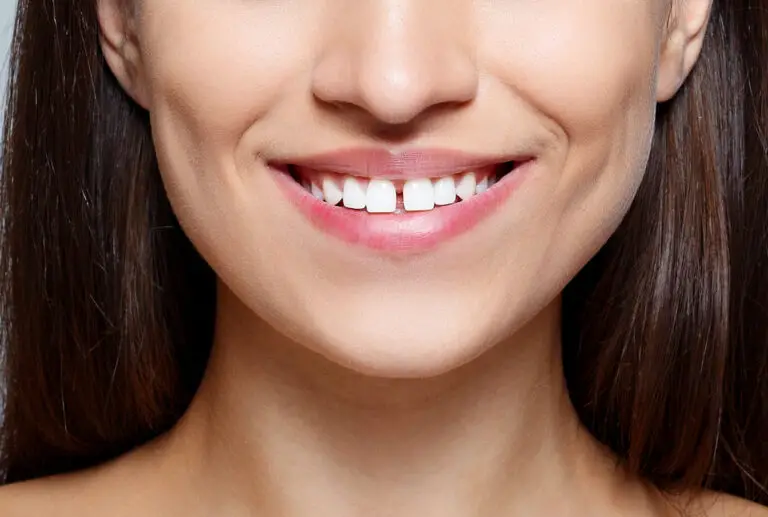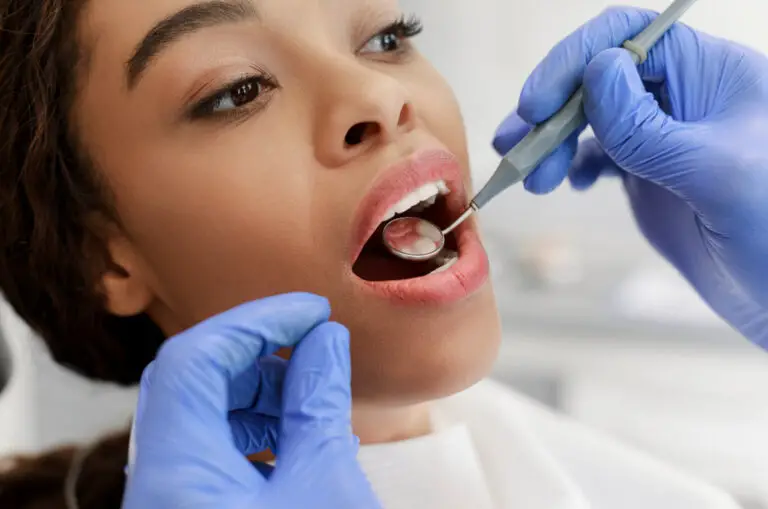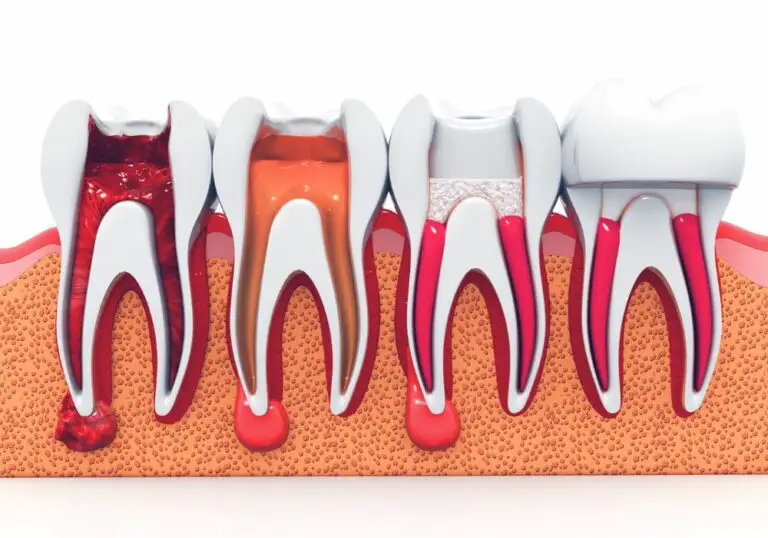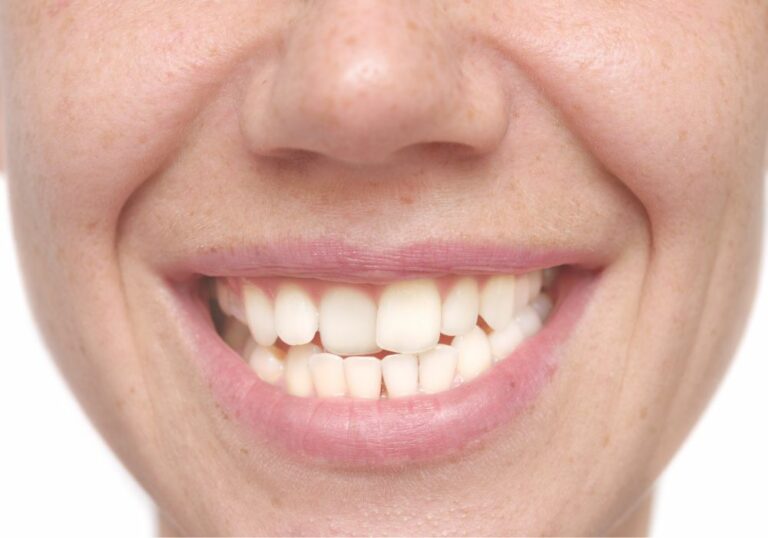The human bite force ranges widely depending on factors like age, gender, and jaw size. According to scientific measurements, the average bite force is between 150-200 pounds per square inch (PSI). However, bite force can vary substantially between individuals.
- Young men typically have the highest bite force, often over 200 PSI. One study found some males could bite with over 300 PSI of force.
- Elderly individuals and children have lower bite force, sometimes under 100 PSI.
- Jaw size and muscularity greatly impacts bite force. Wider jaws with larger muscles exert more forceful bites.
- Tooth condition also matters. Sharper, pointed teeth concentrate force better than worn, flatter teeth.
Human skin strength also varies depending on age, health, hydration and location on the body. The skin on our hands and feet is much thicker and more durable than the relatively thin skin covering our faces and necks.
- Facial skin averages just 0.5 mm in thickness compared to 0.9 mm on the palms and 1.5 mm on the soles of the feet.
- Skin loses collagen density and elasticity as we age, making elderly skin more vulnerable to biting damage.
- Dry, dehydrated skin is more brittle and easier to puncture than moisturized, supple skin.
- Even within facial skin, the tissue covering protruding areas like the nose, lips and ears is thinner and more delicate.
The average force needed to puncture human skin with a sharp object is around 125 PSI. But when it comes to resisting the stresses of compression and shearing from a bite, skin can withstand approximately 270 PSI before lacerating.
Since human bite force can potentially exceed the tearing strength of skin, bites can definitely break the skin under certain conditions. In fact, the medical literature contains many reports of human bites causing skin wounds severe enough to require sutures and antibiotic treatment.
Key factors that determine if a bite will break the skin

Age and gender of biter
A person’s age and gender significantly impacts how much biting force they can generate.
- Males in their 20’s-30’s with large, muscular jaws create the most forceful bites exceeding 200 PSI.
- Young children have weaker bites around 150 PSI as their jaws are still developing.
- Elderly individuals experience age-related muscle loss and biting force declines to 100 PSI or less.
So the same bite location and intensity on a child versus a young man would cause more skin damage from the man’s stronger jaws.
Location of the bite on the body
Where the bite occurs affects whether the skin will be punctured.
- Thin facial skin has very little protective tissue making it highly vulnerable to biting damage. The ears, nose, lips, and cheeks offer limited resistance.
- The neck, while not as delicate as the face, still has relatively thin, fragile skin that can tear more easily from bites.
- In contrast, the palms, fingers, soles of the feet, shins and forearms are covered by thicker, denser layers of sturdy skin that require greater pressure to pierce.
Sharpness of teeth
Humans normally have rounded molars better suited for grinding food, and chisel-shaped incisors. But some people have sharper canine teeth, while poor dental health can also leave teeth with jagged, pointy edges.
- Sharper teeth concentrate force on a smaller surface area, making it easier for them to pierce skin.
- Biting with the canine and incisor teeth allows for deeper penetration compared to the flatter molars.
- Clenching the jaw muscles maximizes how much pressure the teeth exert on the skin.
Health of the skin
The condition and strength of skin impacts how easily it tears when bitten.
- Dry, aged skin that has lost elasticity is more brittle and prone to biting damage. The skin of the elderly is particularly vulnerable.
- Certain medical disorders like Ehlers Danlos syndrome weaken the skin and make it extra sensitive to injury from bites.
- Sunburned skin, cold weather skin, and calloused skin have all been damaged to some degree and provide less protection from biting punctures.
Real-life bite reports and medical case studies
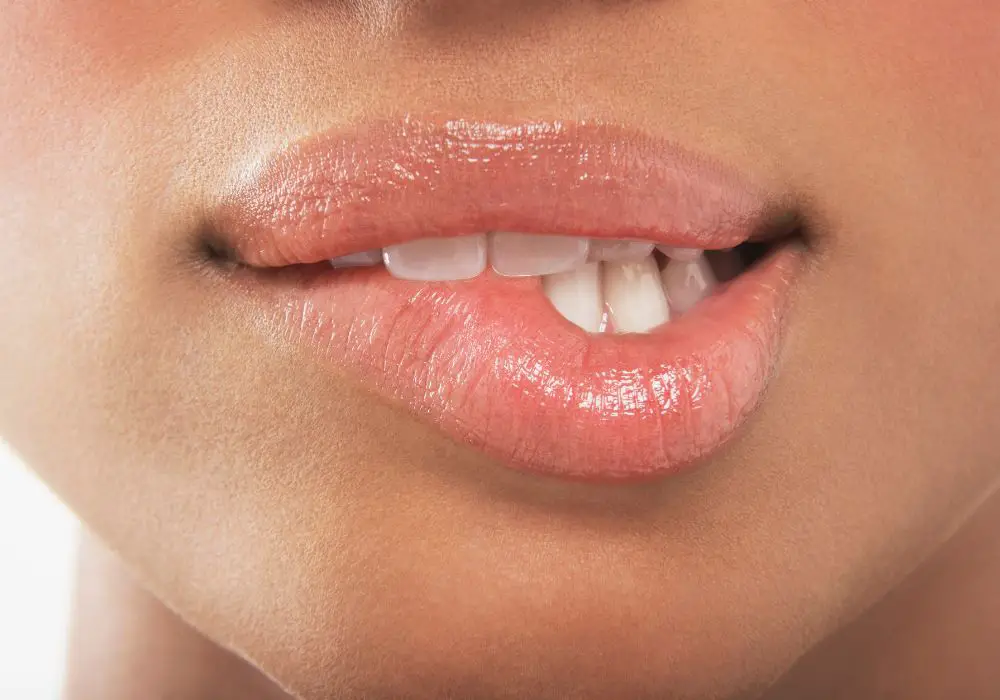
Both informal anecdotes and documented medical research provide many examples of human bites that broke the skin:
- A threatened man bit another man’s ear during an altercation. The bite tore off a 1 x 1 cm piece of ear skin and cartilage which required surgical reattachment.
- A older psychiatric patient became agitated and bit her caregiver on the forearm. The bite lacerated the skin and caused bleeding. The wound had to be cleaned and the caregiver treated with antibiotics to prevent infection.
- A 25-year-old woman bit her intoxicated boyfriend on the shoulder out of frustration. The bite left clear impressions of her teeth in a semi-circular pattern with multiple skin punctures in the center.
- A parent sued a daycare after their toddler was bit on the cheek by another child. The bite broke the facial skin and created a 1.5 cm laceration.
- A journal article described a 28-year-old man who suffered a human bite to his left middle finger. Although the skin was not completely severed, the bite still produced a 2 mm puncture injury with torn and inflamed tissue around the wound site.
- Dog bites break the skin more easily than human bites. But studies still report 3-10% of human bites require advanced medical treatment such as intravenous antibiotics or surgery to repair damage.
Risk factors that can make biting skin damage more likely
Certain conditions, behaviors, and scenarios increase the risk that a human bite will puncture the skin.
- Self defense situations generate extremely high bite force as the biter is fearful and pumped with adrenaline. Biting is one of the basic human instincts when threatened.
- Contact sports like boxing and martial arts where opponents directly bite each other as an aggressive tactic. Even with rules against biting, it still occurs.
- Individuals with mental illness, neurodiversity, or behavioral disorders may attempt to bite others during emotional outbursts or meltdowns.
- Very young toddlers often explore the world through biting before learning it is unacceptable. Child care workers report many bites from 1-3 year olds.
- Domestic violence, child abuse, bar fights, and prison altercations lead to interpersonal biting out of extreme anger and rage.
- People who are acutely intoxicated with drugs, alcohol or medication can exhibit disinhibited behaviors like biting with minimal provocation.
- Poor dental hygiene can leave teeth with sharp, jagged edges more capable of piercing skin compared to smooth, worn teeth.
Preventing skin breakage from human bites

There are several ways individuals and society can work to minimize biting that damages skin:
- Wearing clothing that covers vulnerable skin on the arms, shoulders and neck reduces bite exposure.
- Avoiding unnecessary fights and remaining calm during disputes prevents escalation into physical biting.
- Routine dental visits ensure teeth edges are smoothed down instead of leaving them sharp from breaks.
- Using mouth guards during contact sports protects both players’ skin from biting injuries.
- Quickly intervening and restraining anyone attempting to bite another before they make contact.
- Providing effective supervision and care for children, the elderly, and those with conditions prone to biting behaviors.
- Anger management counseling and nonviolent communication training to reduce violent expressions like biting.
Conclusion
In summary, due to variations in human bite force and skin strength, bites can definitely puncture and lacerate skin under the right circumstances. But while bites do break the skin, extremely severe wounds all the way to the bone remain rare. Seeking prompt medical care helps treat bite damage and lower infection risk. With prevention and education, human bites that break skin can become even more avoidable.

